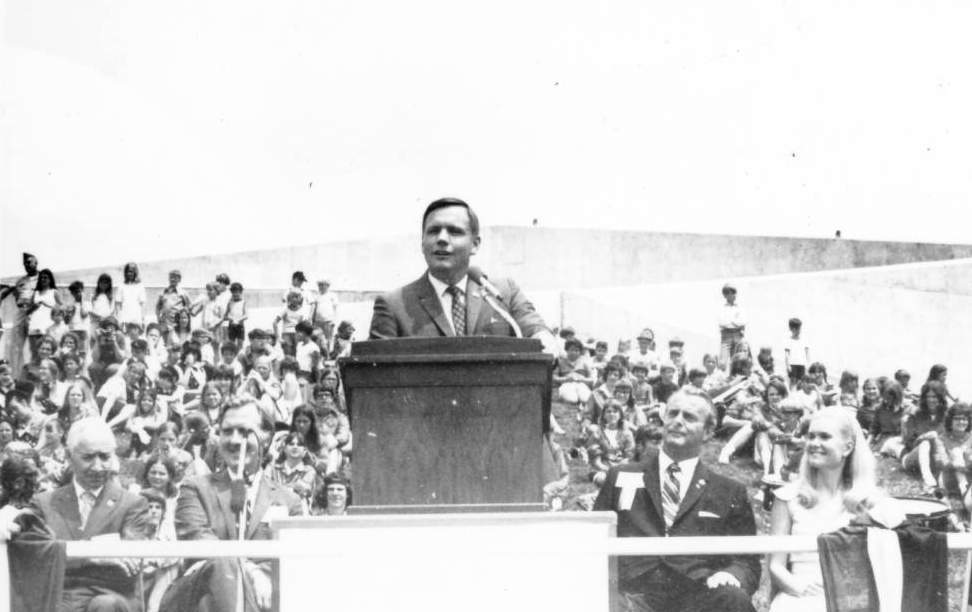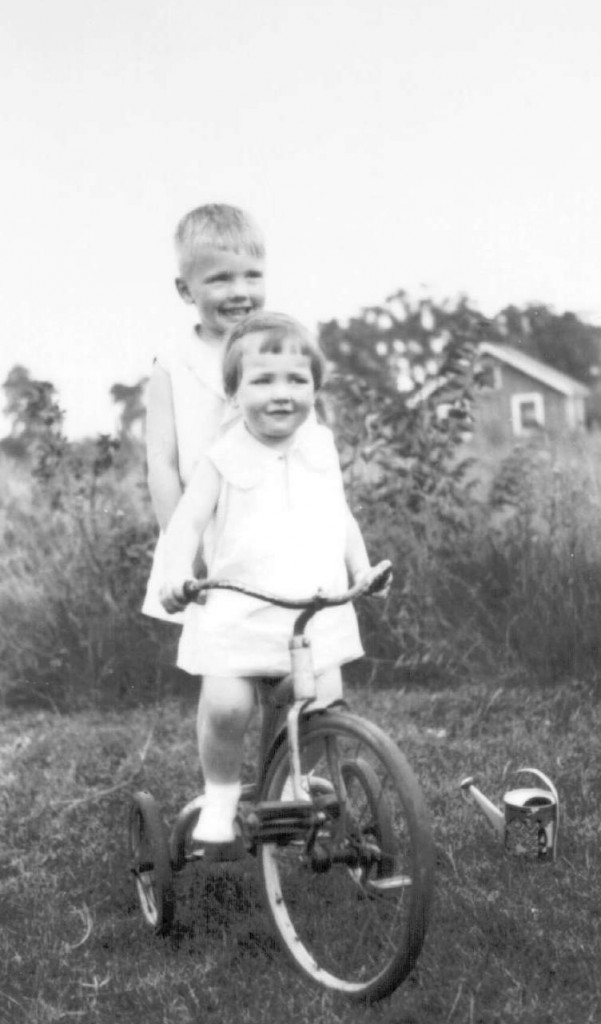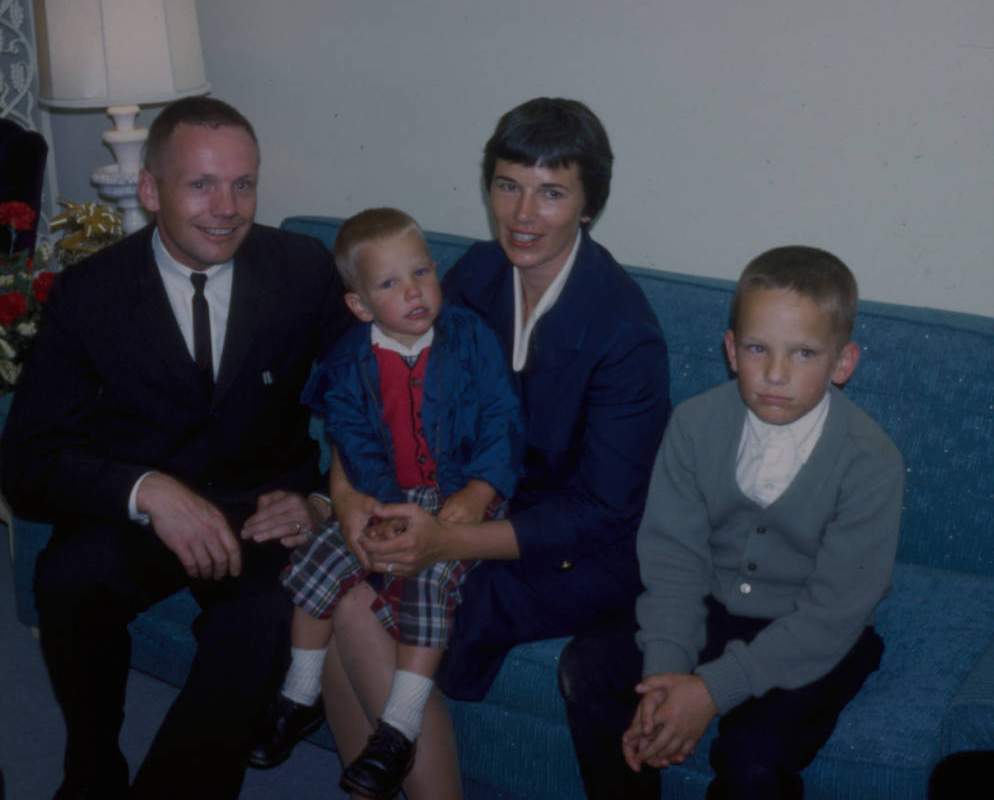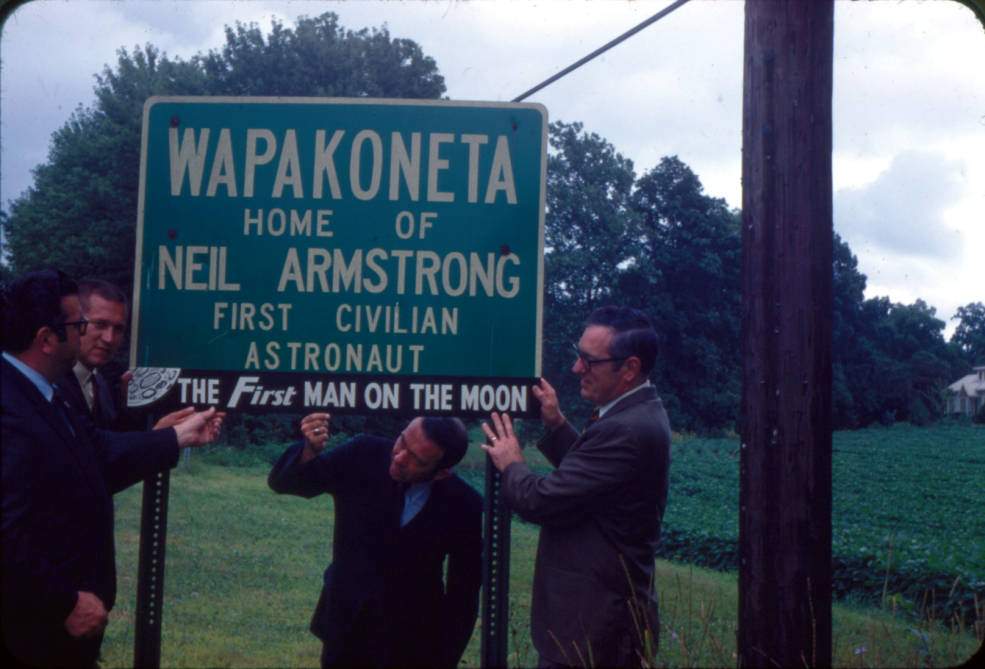One Small Step for Man…


Saturday, August 25th marked the passage of a remarkable Ohioan and true pioneer, Neil Armstrong, who made history when he became the first person to set foot on the surface of the moon on July 20, 1969. With just “one small step,” Armstrong became the face of the defining moment of a generation, proving that mankind could achieve its most daring dreams and a small-town Ohio boy could leave his footprint on history.
Born in Wapakoneta, Ohio, on August 5, 1930, Armstrong learned to love aviation at a young age. His first flight was at age 6 in a “Tin Goose” tri-motor plane, and he earned his pilot’s license at 16, when most teenagers are just mastering the car! He served as a pilot in the U.S. Navy, flying 78 combat missions during the Korean War, and completed a Bachelor of Science degree in Aeronautical Engineering at Purdue University in 1955. He went on to work for NASA’s predecessor, the National Advisory Committee for Aeronautics, based out of the Lewis Research Center in Cleveland.
Once NASA was created in 1959, Armstrong worked as a test pilot in flight research before being transferred to their astronaut program in 1962, all while completing his Masters in Aerospace Engineering at the University of Southern California. His first mission, on the Gemini 8 space shuttle, nearly ended in tragedy when a rocket thruster misfired, but Armstrong guided the ship home safely, splashing down off the coast of Japan.

It was his role as commander of Apollo 11, however, that earned him worldwide fame with the first lunar landing and moonwalk. Part of a three-man crew that included Michael Collins and Edwin “Buzz” Aldrin, Armstrong descended with Aldrin to the moon’s surface while Collins stayed in orbit. With his first step out of the landing module, he simultaneously won the space race against the Soviet Union, fulfilled President Kennedy’s promise to land a man on the moon by the end of the decade, and became a hero to citizens of the world. Upon his return, Armstrong left the astronaut program and spent the remainder of his career in NASA administration, as a professor and researcher, and chairman of two tech companies before retiring near Cincinnati.

We hope that you’ll take a moment to honor Armstrong’s achievements as his contributions to history are celebrated in the coming weeks. Learn more about his incredible accomplishments on Ohio Memory, or visit the Armstrong Air and Space Museum in Wapakoneta to explore Ohio’s contribution to aviation and space exploration from the early pioneer days through the space shuttle era. Can’t make the trip? Take a sneak peek at the Armstrong Museum digital collection, a work in progress where users can explore Armstrong’s legacy both in Ohio and around the world.
Thanks to Lily Birkhimer, Digital Projects Coordinator at the Ohio History Connection, for this week’s post!



Leave a Reply
You must be logged in to post a comment.